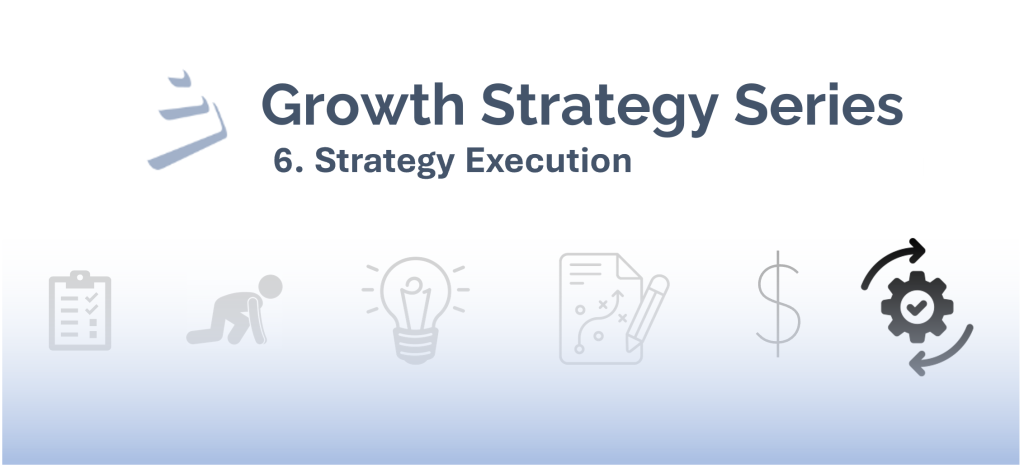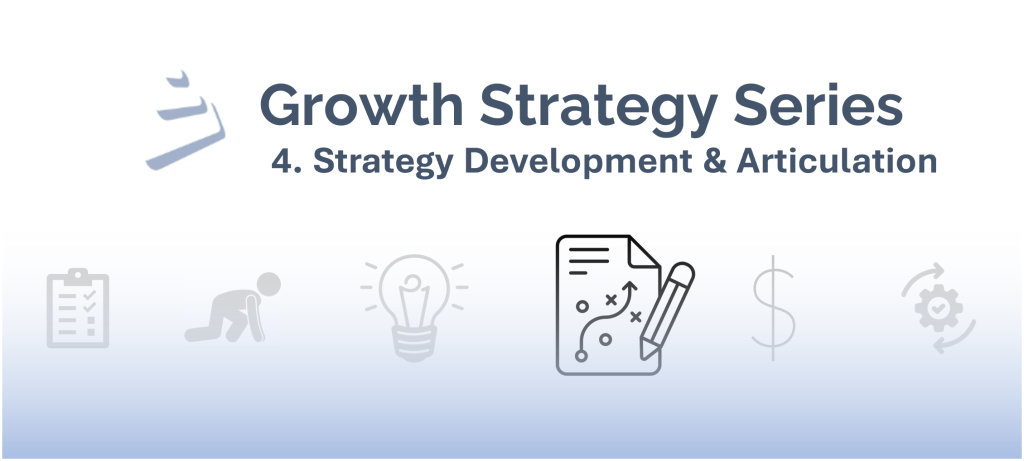Key Performance Indicators (KPIs) are a critically important business tool. Not only are they an integral part of operationalizing a business’ strategy, but they also enable sound decision-making by Senior Leadership. Unfortunately, KPIs are often designed poorly, making them misused and misunderstood. We encourage you to minimize the negative impact of ineffective KPIs, and instead discover the most effective KPIs for your business by following a few simple principles:
1. Begin at the beginning: Effective KPIs must originate from a specific strategic objective or desired outcome for your business
2. Measure what you want to know instead of what you can measure right now: Effective KPIs must be designed to thoughtfully answer the right questions for your business
3. Create a bias towards action: Effective KPIs must enable decision-making
A quick primer on KPIs vs. PIs
Key Performance Indicators are literally just that – the few key metrics of a business’ health and performance that provide Senior Leadership with the critical information they must have to successfully manage the business.
In the world of business performance data and metrics, there are Key Performance Indicators and then there are other Performance Indicators. To put it bluntly, it’s the KPIs that populate the executive dashboard and Board books.
1. Begin at the beginning: Effective KPIs must originate from a specific strategic objective or desired outcome for your business
For a KPI to be effective, it must have a specific and clear strategic objective to support and advance.
Examples may include increasing profitability, improving talent management, or improving customer satisfaction.
This simple step of articulating specific and clear strategic objectives will ultimately serve a dual purpose. Not only will it ensure executive alignment on those very strategic objectives, but it will also help determine KPIs that are well aligned with the key areas of the business.
2. Measure what you want to know instead of what you can measure right now: Effective KPIs must be designed to thoughtfully answer the right questions for your business
With articulated strategic objectives in hand, the next step is to ask the difficult questions about your business that you want and need to have answered. (The Advanced Performance Institute calls these “Key Performance Questions”.)
The value of these questions is that they keep your business honest – by focusing on the information you want, and not just the information you currently have on hand. Businesses frequently skip this step and settle on partially right metrics that do not deliver the desired impact.
For example, if your objective is to improve talent management, your question could be, “How well are we developing a best-in-class workforce?” This question could lead you to consider a KPI focused on turnover in the workforce due to its implications for productivity, capability building, and work environment.
Furthermore, it’s that very question that could help you to realize that a KPI focused on the turnover of your highest performers is actually the better and right metric.
3. Create a bias towards action: Effective KPIs must enable decision-making
The primary job of KPIs is to inform decision-making and management. To do this, a KPI requires frequently updated and available data that Senior Leadership can review on a regular – daily, weekly, or monthly – basis. Data updated on an annual basis does not accurately reflect the business throughout the year and therefore simply won’t work.
Lastly, be certain to provide the KPIs with clear and objective targets. These targets will ensure agreed-upon bands of performance, and they will become the basis for easily digestible visuals like traffic lights or analogous approaches.
Conclusion
KPIs are a common area for improvement in businesses. When curated properly, KPIs can also become a source of competitive advantage. Ineffective KPIs can be improved, and non-existent KPIs can be developed from scratch – quickly, easily and efficiently – by following the principles we’ve described above.


